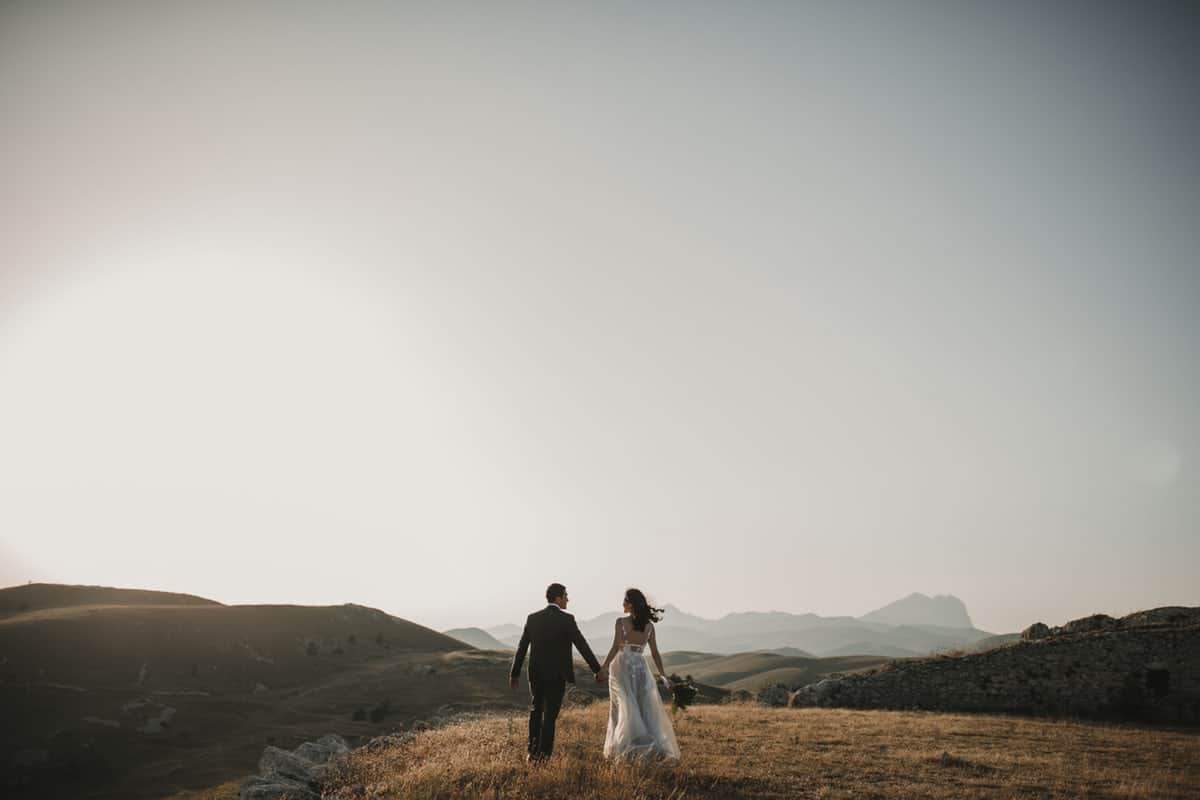
The world is full of jokes about the doom and gloom of getting married but tying the knot with someone special could land you financial benefits. If you are married, you could receive a little gift from the taxman every year with a clever tax system in place in the UK. HMRC’s marriage allowance is a tax perk that could result in major reductions on your tax bill. Here’s a rundown of how it works and how you can apply for marriage allowance.
Who is eligible for the marriage allowance?
The marriage allowance scheme is available to couples who are either married or in a civil partnership. Additionally, one of the partners has to earn below the personal allowance limit, while the other person must earn above it.
In practice, this means that the low earner’s pay before tax must be less than the current personal allowance. For the tax year 2019/20, the personal allowance tax limit is £12,500. However, the higher-earning spouse has to be a basic-rate taxpayer. For 2019/20, it means their salary must fall between £12,500 and £50,000, which is the current threshold for higher-rate payers. The allowance is only available to basic-rate payers and not those on the higher-rate bracket, i.e. earning over £50,000. If you live in Scotland, the thresholds are slightly different, as the maximum the basic-rate taxpayer can earn is £43,430.
If one or both of the couple are born before 5 April 1935, they should claim the married couple’s allowance instead of applying for the marriage allowance.
What if your eligibility changes in the middle of the tax year?
Your circumstances might change and the low earning partner might find himself or herself earning more than the personal tax allowance in the middle of the tax year. In this event, HMRC won’t notice until the end of the tax year and it will then send a P800 calculation to recover any tax you might owe by adjusting your tax code for the next tax year. If you’re self-employed, HMRC will add it to your self-assessment tax.
Do you have to work to apply for marriage allowance?
The low earning partner doesn’t have to work to be eligible to apply for marriage allowance. If they aren’t working, they can transfer 10% of their personal allowance to their partner. However, the partner has to meet the other conditions, which means they need to be earning and be a basic-rate taxpayer. You can also transfer 10% of your personal allowance to your spouse if you’re on maternity leave and your income falls below the personal allowance threshold.
For those who are self-employed, the marriage allowance works as mentioned above. The self-employed person can be either party – the one earning below the threshold or the basic-rate taxpayer.
How does marriage allowance work?
Marriage allowance makes the low earner eligible to transfer a maximum of £1,250 of their personal allowance to the higher-earning partner. The higher-earning partner can then claim that amount against their tax bill, receiving a lovely little gift from HMRC.
For example, if one partner makes £10,000 this year with taxable income being £0, they can transfer £1,250 in unused personal allowance to their partner. If the partner earns £30,000 and they receive the marriage allowance from the other partner, their personal allowance would rise to £13,750. This would lower their tax bill from £17,500 to £16,250, resulting in a tax saving of £250.
For the marriage allowance to work, you will have to apply with HMRC and request to claim it. The person making the request should always be the lower-earning partner. The good news is that you do not have to apply for marriage allowance every year, as it will transfer automatically unless you contact HMRC to cancel it or your marriage ends (either through divorce or death).
You are free to cancel the marriage allowance at any time if you wish. You can contact HMRC online or by calling 0300 200 3300.
Is it possible to backdate the marriage allowance?
The good news is that the marriage allowance can be backdated. The low earning partner should contact HMRC and they can advise on how to proceed in backdating the tax. Additionally, if your partner died after 5 April 2015, you might be able to backdate the marriage allowance to include any tax you had to pay after that date.
What are some other ways couples can save?
The use of the marriage allowance isn’t the only way couples could save on their tax bill. It’s possible to save money on tax on savings and investments by transferring some of the savings and investments to the person paying the lower tax rate. There are no laws against spending or investing income earned from a spouse’s investment, as long as the transfer is a genuine gift – you can’t demand it back if you get divorced or simply change your mind.
Furthermore, you could transfer assets between one another to make the most of capital gains tax allowance. Again, the transfer has to be a genuine gift and you won’t be able to claim it back at any point.
Learn more about marriage allowance
If you want to learn more about marriage allowance and begin enjoying the perk along with the other ways to save with your tax bill, you can contact us at Devonshire Green. Together we can make sure you’re making the most of your tax planning.

